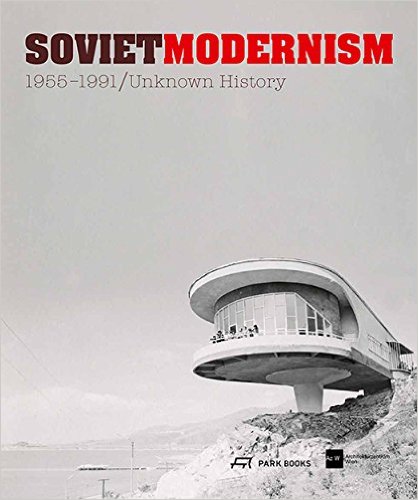 [内容简介]
[内容简介]
While Constructivism and Stalinist architecture are familiar to a specialist audience, knowledge of postwar Soviet Modernism in architecture is very limited. Much of the former Eastern Bloc's architecture is regarded as monotonous and uninteresting. Yet a closer look reveals that hardly any linear development of a formal architectural vocabulary can be ascertained. A research project undertaken by the Architekturzentrum Wien Az W explores the architecture of the 14 former Soviet republics between the 1950s and the end of the Soviet Union in 1991. It is the first ever attempt to provide a comprehensive inventory and contextualisation of this second modern movement, tracing local particularities and singular evolutionary processes and also the signatures of individual architects. In its main section the new book Soviet Modernism 1955-1991 presents the 14 republics in four chapters: Baltic States, Eastern Europe, Caucasus and Central Asia. Each country is covered by a factsheet including a concise historical overview, a research and travel report and a scholarly essay. Additional essays investigate Soviet urban planning and large-scale housing programs and typologies of large Soviet cities. A catalogue raisonne of around 400 important
[作者简介]
Architekturzentrum Wien Az W (Vienna Centre of Architecture) is a publicly funded institution with the aim to present and document modern and contemporary Austrian and international architecture. Since its opening in 1993, Az W has gained international recognition for its work and exhibitions.
[目录]
The four chapters of the book's main section: Baltic States: Estonia, Latvia, Lithuania Eastern Europe: Belarus, Moldavia, Ukraine Caucasus: Armenia, Azerbaijan, Georgia Central Asia: Kazakhstan, Kyrgyzstan, Uzbekistan Tadzhikistan Turkmenistan

 新书报道
新书报道